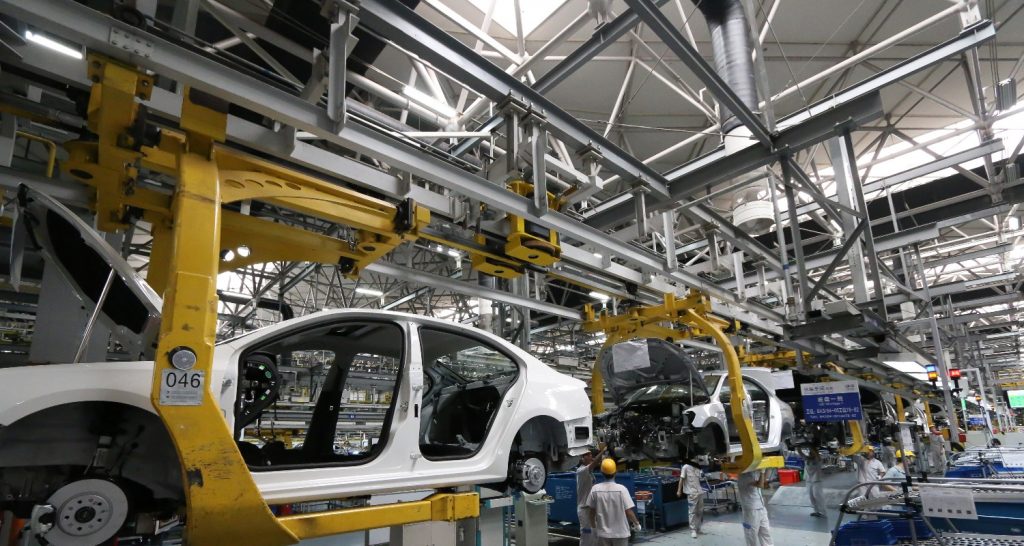Although production and export figures are still negative, shipowners operate at just over 80% of their installed capacity.
Mexico’s automotive industry is beginning to return to pre-pandemic production and export levels by coronavirus, while the auto parts industry improves its estimates by the end of 2020.
“It is important to note that from what has been produced we are in ranges similar to those prior to the pandemic, we are exporting above 80% of the total of what has been produced and we can see that we have almost recovered the pre-pandemic production volumes,” explained Fausto Cuevas, general manager of the Mexican Association of the Automotive Industry (AMIA), during the monthly industry conference.
In September, 301,426 light vehicles were manufactured in Mexico, a figure that represented a decrease of 5.5% compared to the same month of 2019, or 17,480 less units were assembled.
For the cumulative period from January to September, production was 2,062,533 units, a drop of 29.6% compared to the same period last year. 868,793 vehicles have ceased to be produced so far this year.
65.4% of the produced were SUV’s (39.5%)and pick-ups (25.9%), and the rest were compact cars, subcompacts, and luxury cars. In the case of SUV’s, it has practically returned to pre-health emergency levels, but the production of compact vehicles is still lower.
The AMIA executive stressed that it is also returning to pre-crisis installed capacity occupancy levels by reaching an average of 81.5% of installed capacity that is close to the average occupancy in 2019 when it reached 85.1%.
In terms of exports, in September, there was a drop of 13.1% compared to the same month of 2019. 247,126 units were shipped abroad, or 37,117 units less than in September of the previous year.
In the January-September period, the fall was 30.5% compared to the same period last year, as 1,779,253 units were exported, this means that 804,518 vehicles have been no longer exported during these first nine months of this year.
81.7% of the exported went to the United States (804,518 vehicles) during these first nine months; 6.1% went to Canada (109,098 units), and 4.4% went to Germany (78,291cars).
“It should be noted that we are also in this case returning to levels similar to those we had prior to the crisis and what is relevant to note is that the participation of our vehicles in the United States during the month of September accounted for 15% of total sales, and in the period represents 14.1% of total sales in this market,” Fausto Cuevas said.
The representative of the shipowners detailed that although the US market recorded lower sales volumes, it was important that the share of assembled vehicles in Mexico had not declined.
For his part, Oscar Albin, executive chairman of the National Auto Parts Industry (INA) commented that by the end of this year, auto parts production in Mexico will reach a total of $76,996 million, which would amount to a 21% drop from 2019.
“In June, in the midst of uncertainty about how the return to manufacturing and sales of new cars, mainly in the United States, was going to be in full uncertainty about how the return to manufacturing and new car sales was going to be, mainly in the United States, we had a forecast of -32% in this year’s final production against this year’s 2019, but this forecast has been no less negative,” he said.
It added that although car sales in the United States will be lower than expected at the beginning of the year, with an estimated 15.2 million vehicles marketed in 2020, this shows that recovery will be faster than previously thought.
He acknowledged that the industry is not going through its best moment, as happened in 2018 and 2019, but in his opinion, there are no signs that it will be in crisis.





